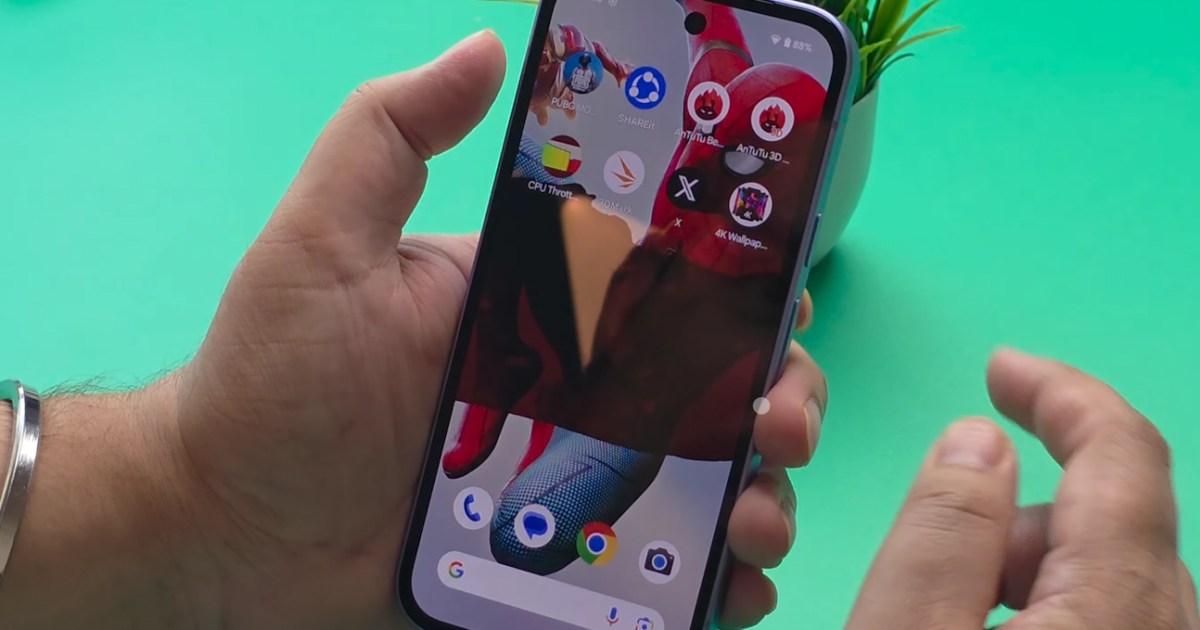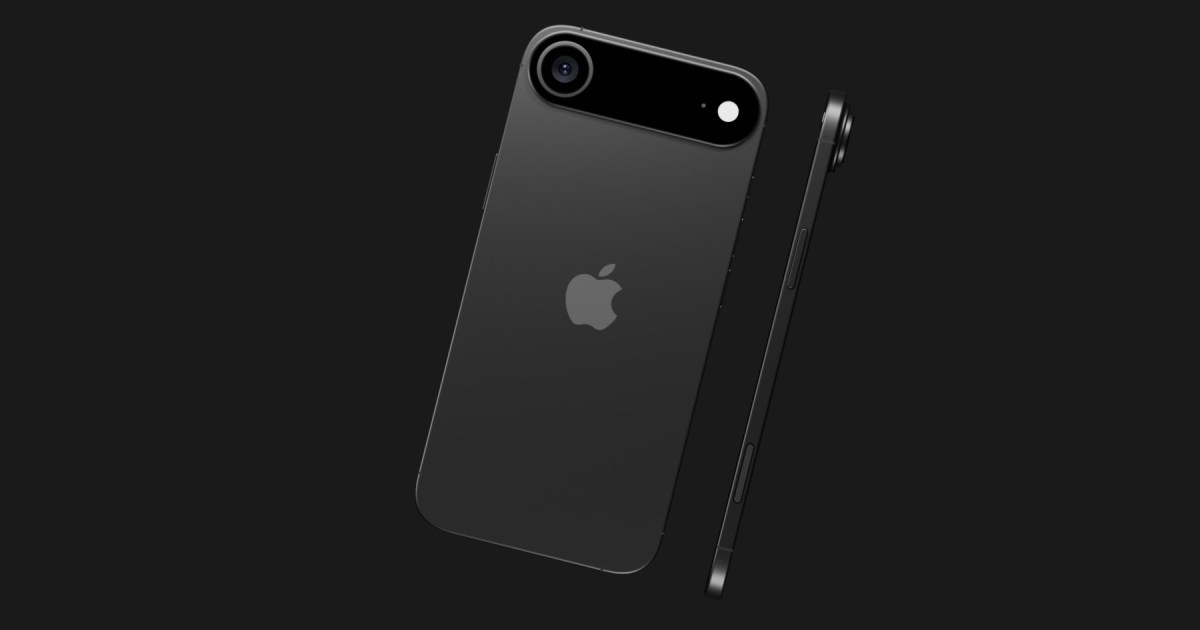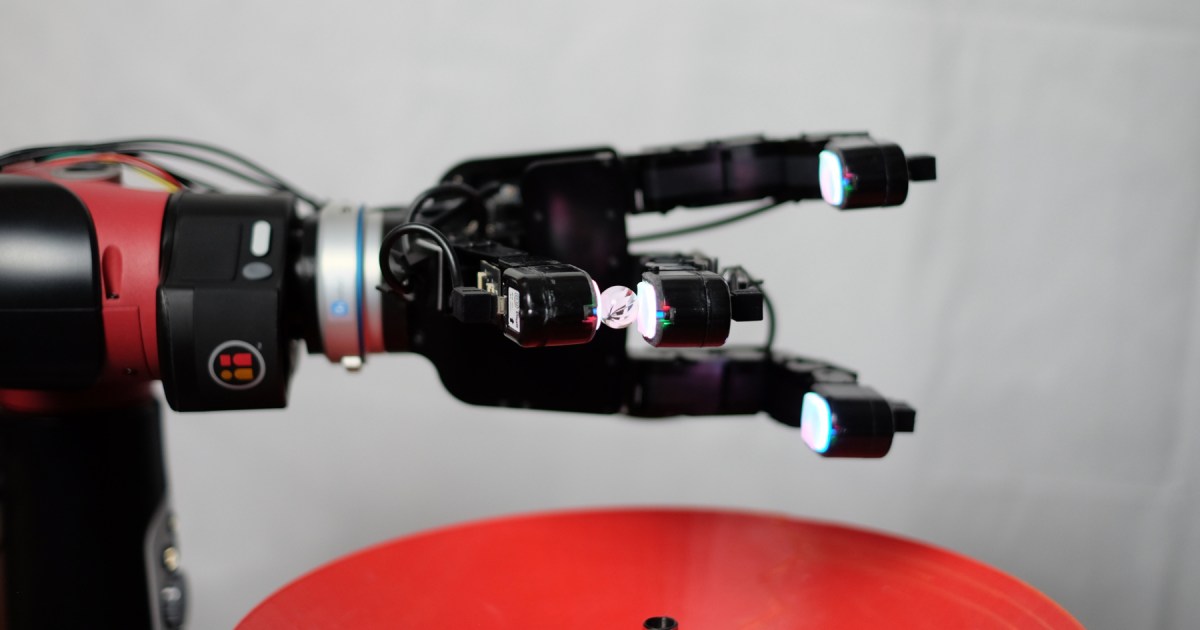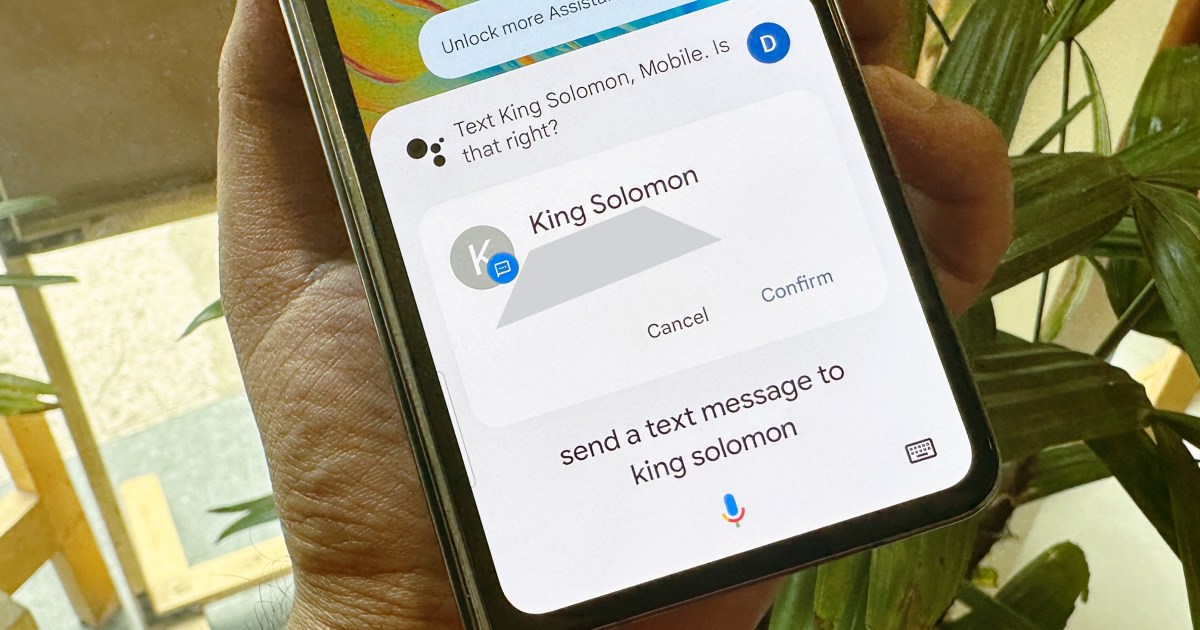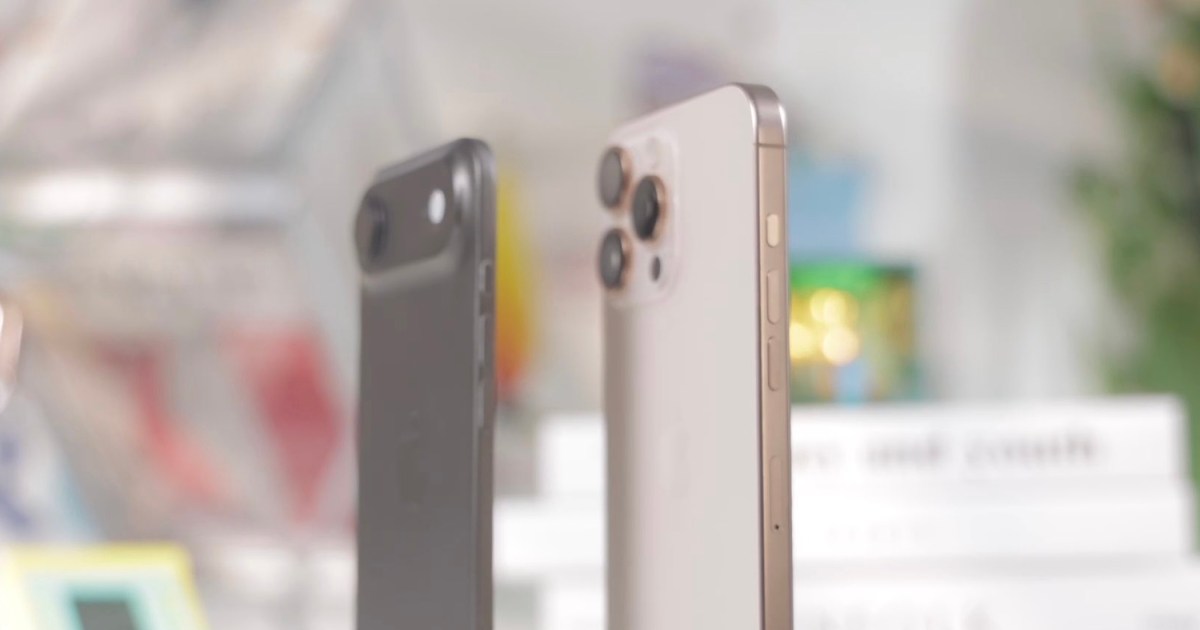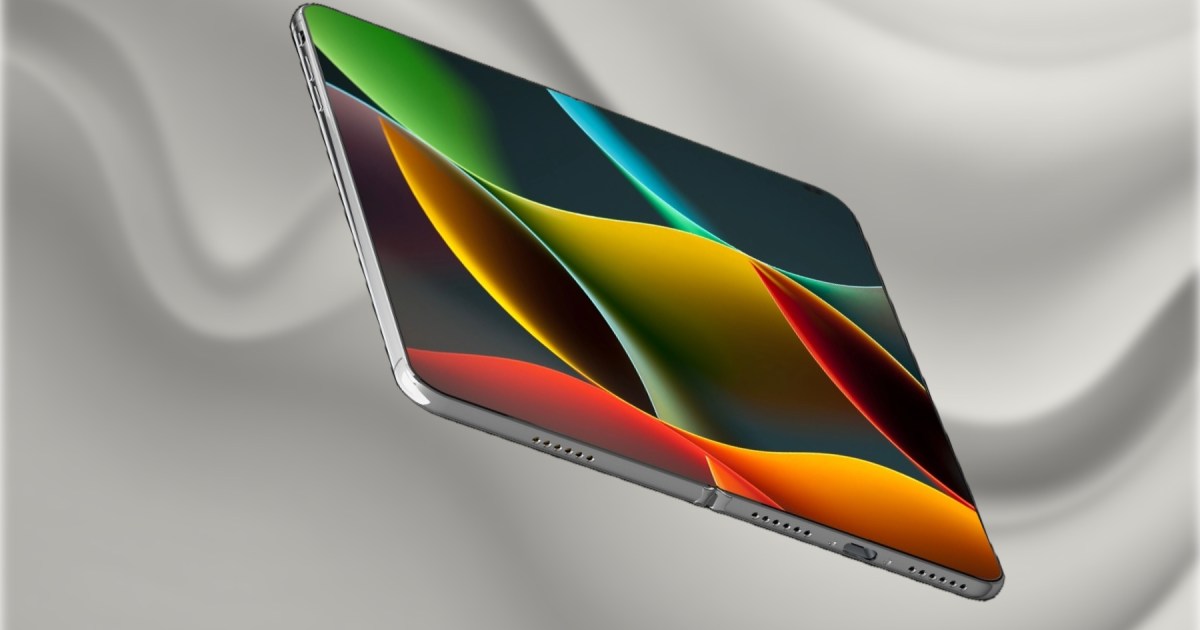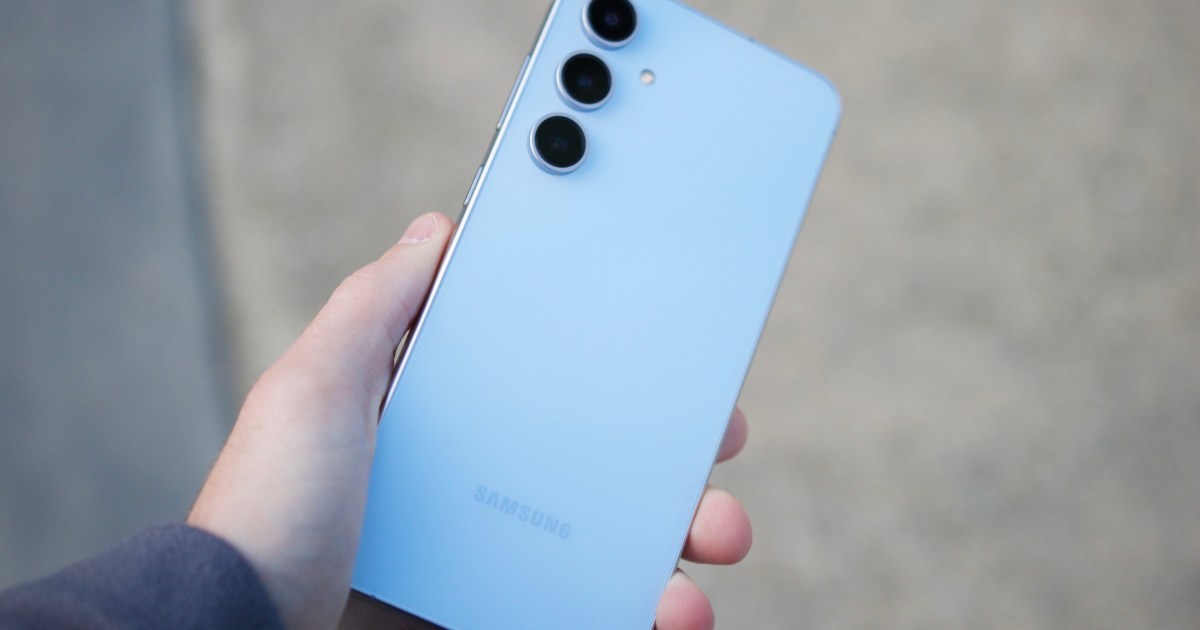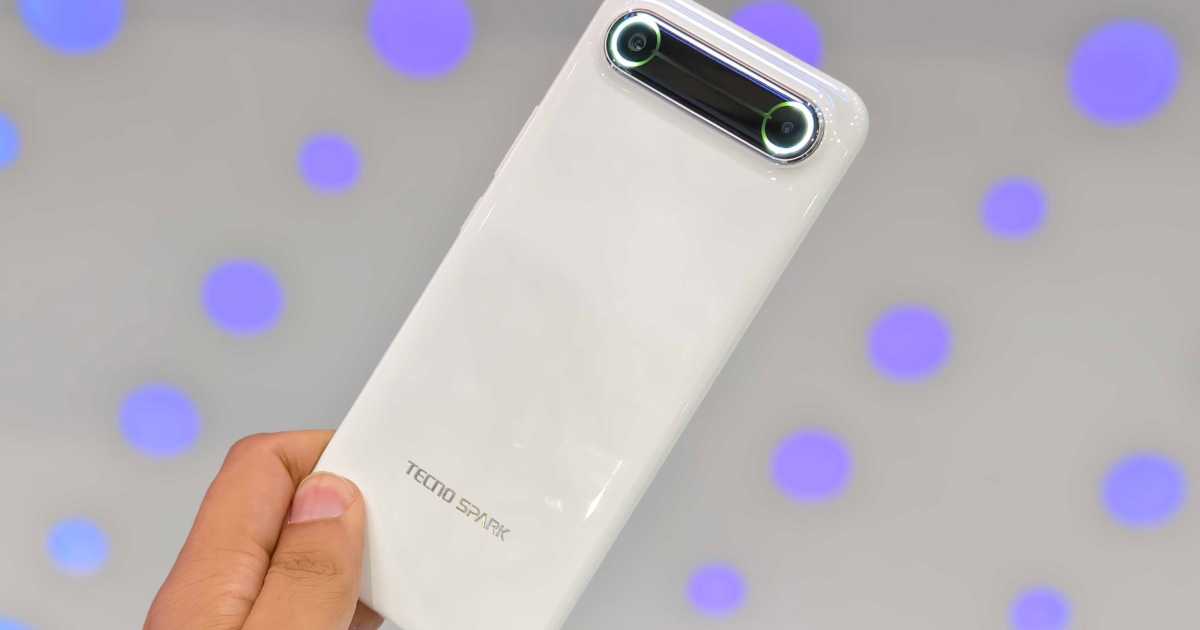The Google Pixel 9a, a mid-range marvel, offers impressive value with minimal compromises. Sporting a redesigned chassis, a new processor, and an enlarged display, all while maintaining its predecessor’s price point, it invites comparison with Apple’s recently launched iPhone 16e. This article examines a key differentiator: the display refresh rate, and explores why it matters.
![]() A person holding a Google Pixel 9a inside a car.
A person holding a Google Pixel 9a inside a car.
Pixel 9a’s Dynamic 120Hz Display
The Pixel 9a boasts a dynamic refresh rate ranging from 60Hz to 120Hz. Its 1080 x 2424 resolution screen, with a pixel density exceeding 422 PPI and a 20:9 aspect ratio, delivers crisp visuals. Furthermore, the display achieves a peak brightness of 2,700 nits, ensuring comfortable viewing even in direct sunlight, and up to 1,800 nits with HDR enabled. This adaptive refresh rate allows the Pixel 9a to seamlessly switch between smoother animations and power-saving modes, optimizing battery life without sacrificing visual fluidity. In contrast, the iPhone 16e lacks a 120Hz refresh rate, giving the Pixel 9a a distinct advantage in this area.
The Advantages of a 120Hz Refresh Rate
While a high refresh rate might be considered a luxury by some, it offers several tangible benefits over standard 60Hz displays. Faster refresh rates significantly reduce motion blur, especially noticeable in fast-paced videos and games, contributing to a more immersive and less strenuous viewing experience.
This advantage extends to photography and videography enthusiasts. The Pixel 9a, known for its exceptional camera system in its price segment, benefits further from the 120Hz display. Editing videos, zooming in on photos, and navigating through image galleries become smoother and more responsive.
For mobile gamers, a higher refresh rate provides a competitive edge. In games demanding precise timing and quick reactions, the 120Hz display enhances responsiveness, providing a smoother and more fluid gaming experience. While not a primary purchase driver for all, the 120Hz display is a compelling feature for those considering the Pixel 9a.
Pixel 9a vs iPhone 16e: Display Comparison
The inclusion of a 120Hz display on the Pixel 9a positions it favorably against the iPhone 16e, particularly for users prioritizing smooth visuals and responsive performance. While other factors contribute to the overall user experience, the display remains a crucial element, impacting everyday interactions, media consumption, and gaming. The Pixel 9a’s dynamic 120Hz display is undoubtedly a significant advantage, offering a premium feature often absent in mid-range devices.
Conclusion
The Google Pixel 9a emerges as a strong contender in the mid-range market, offering a compelling combination of features and affordability. Its 120Hz display, a notable upgrade from the iPhone 16e, significantly enhances the user experience across various applications. While personal preferences vary, the fluidity and responsiveness of a high refresh rate display are increasingly valued, making the Pixel 9a a compelling choice for those seeking a visually immersive and performance-driven smartphone experience.



